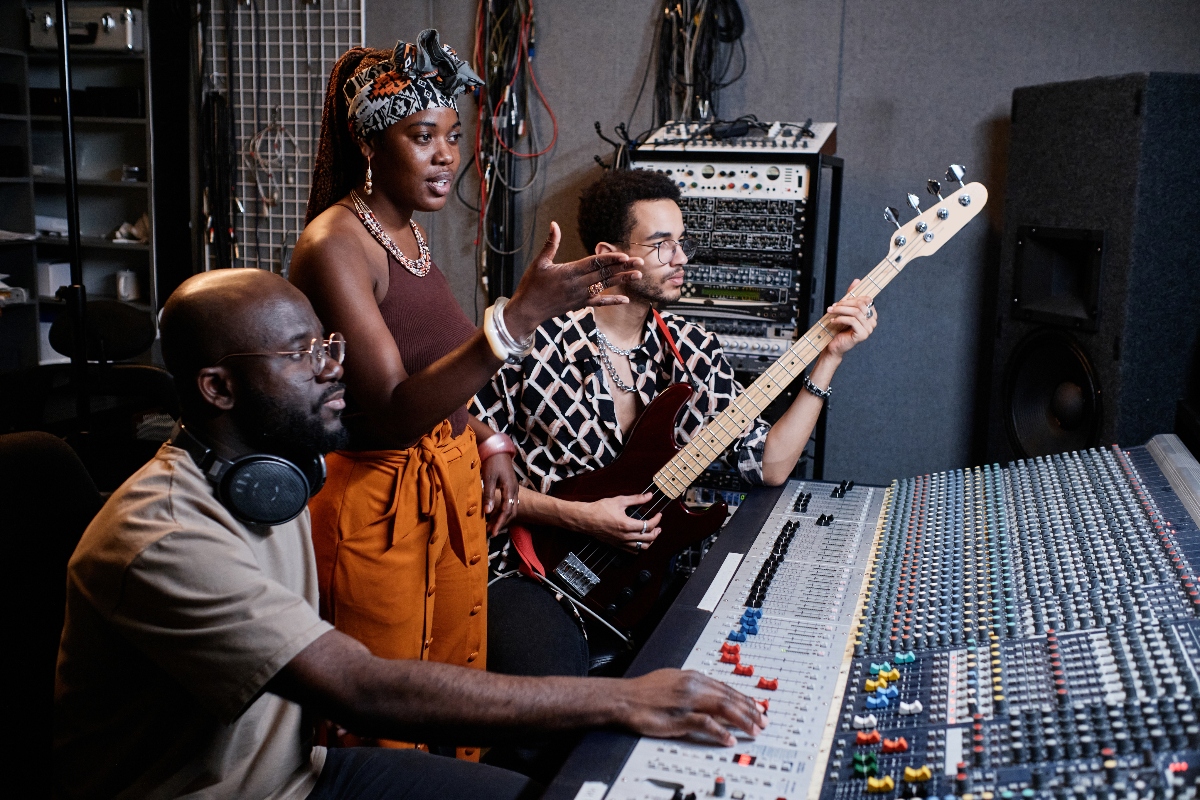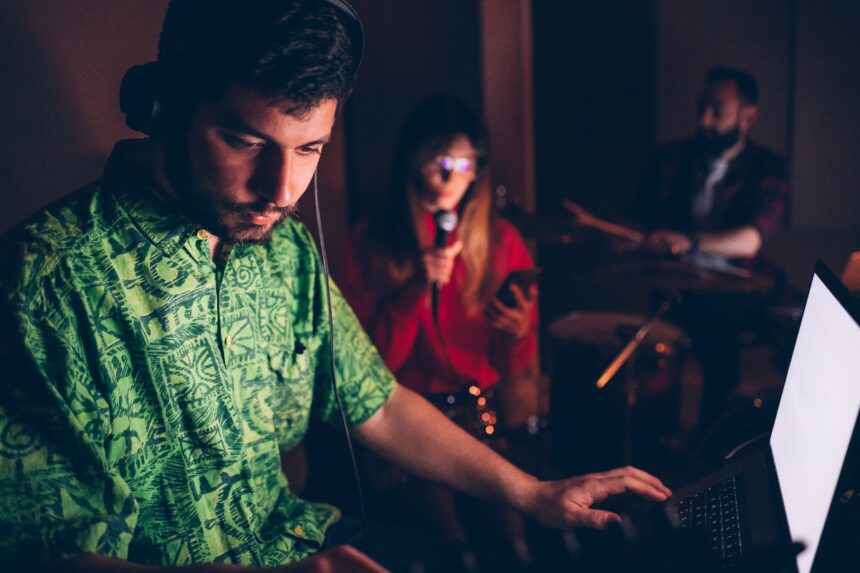Tropical music is experiencing a golden moment in the U.S. And no wonder! Rhythms such as salsa, merengue, bachata and cumbia are breaking new ground by merging with modern genres such as reggaeton, trap, pop and even electronica. This trend, which has taken hold in the main cities with Hispanic communities, is generating waves of creativity that mark the new Latin sound.
From New York to Miami to Los Angeles to Houston, renowned and emerging artists are embracing innovative collaborations. These blends not only redefine tropical music, but also strengthen the cultural identity of the U.S. Hispanic community.
The rise of mergers

Tropical music has historically been a symbol of joy, resistance and culture.
But today, its evolution is driven by new generations that combine the traditional with the modern.
Music knows no boundaries. Fusions are the universal language of the future
Marc Anthony
According to Billboard Latin, more than 60% of the tropical tracks that entered its charts in 2023 include elements of other genres such as reggaeton or R&B.
A clear example is the success of Romeo Santos, who has collaborated with urban artists such as Bad Bunny, creating songs that mix bachata and trap, generating millions of plays on platforms such as Spotify.
What is driving this trend?

International collaborations: Tropical artists seek new audiences by teaming up with pop and reggaeton stars.
Cultural diversity in the U.S.: The mix of cultures in key cities has driven greater musical experimentation.
Influence of digital platforms: Spotify, YouTube and TikTok allow new sounds to go viral quickly, encouraging the exploration of innovative fusions.
Community impact

Fusions in tropical music not only create catchy songs; they also reinforce cultural identity.
The U.S. Hispanic community finds in these new rhythms a reflection of its diversity and its adaptation to the U.S. context.
According to Pew Research Center, the U.S. Hispanic population will exceed 62 million by 2023, representing a key market for the music industry.
This figure has prompted record labels to invest in productions that resonate with the bicultural experience.
A look into the future

The fusion of tropical music with other genres is just beginning.
More collaborations between Latin and English-speaking artists are expected to emerge in 2025, which will further consolidate this trend in the global market.
As Rolling Stone points out, “tropical fusion music is not a fad; it is the natural evolution of a generation that refuses to be pigeonholed”.
For more information, visit QueOnnda.com.














